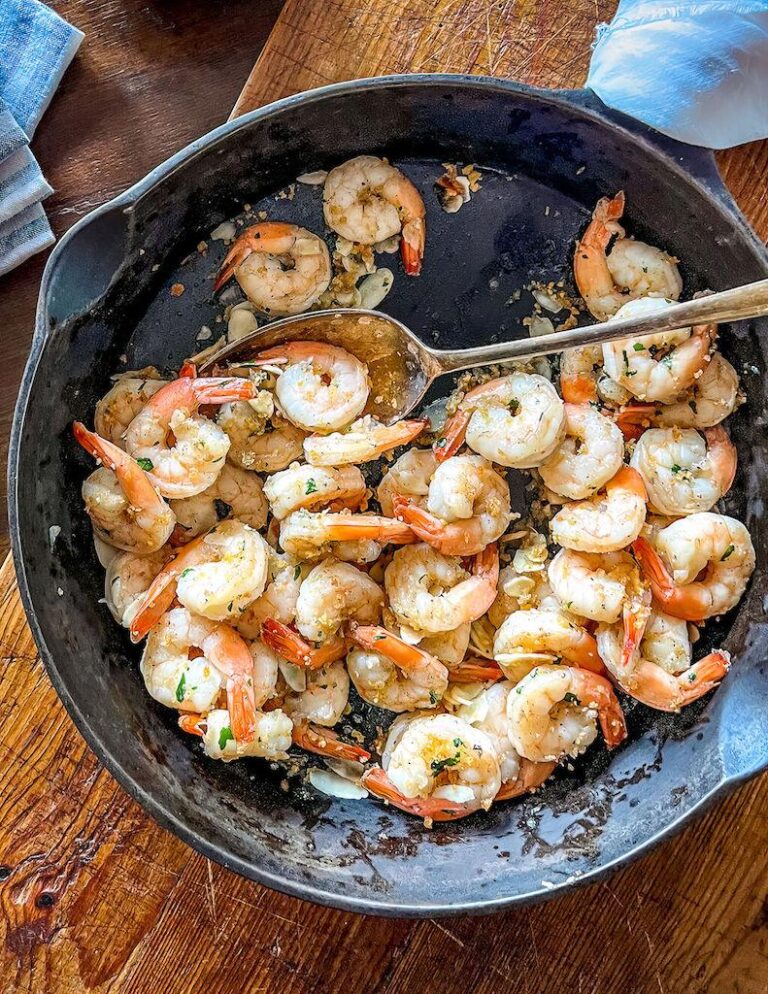Americans have long had a voracious appetite for shrimp, making it one of the most popular seafood choices across the nation. For years, a significant portion of this shrimp supply arrived from India, a major exporter known for meeting America’s growing demand. However, recent changes in trade dynamics, environmental concerns, and regulatory shifts have begun to alter this longstanding flow, signaling a new chapter in the U.S. seafood market. This article explores the factors behind America’s shrimp craze, the pivotal role India has played, and what the future holds as the landscape evolves.
Americas Shrimp Obsession Fueled by Indian Imports
The panoramic rise in shrimp consumption across the United States has largely been underpinned by a steady influx of imports from India. For years, Indian shrimp farms have supplied a significant portion of the seafood sold in American markets, prized for their affordability and high yield. However, recent disruptions – from stricter import regulations to changing trade policies – have cast uncertainty on this long-standing supply chain. The reliance on Indian shrimp was not only a testament to global interdependence but also highlighted how consumer demand can shape international fisheries and aquaculture industries.
Key factors influencing this shift include:
- Increased regulatory scrutiny on Indian seafood exports
- Rising labor and environmental compliance costs in India
- Emergence of alternative suppliers in Latin America and Southeast Asia
- Growing domestic shrimp farming initiatives in the U.S.
| Year | Indian Shrimp Imports (tons) | U.S. Domestic Production (tons) | Other Imports (tons) |
|---|---|---|---|
| 2018 | 45,000 | 15,000 | 25,000 |
| 2019 | 48,500 | 16,200 | 26,500 |
| 2020 | 40,300 | 18,000 | 27,700 |
| 2021 | 35,000 | 20,500 | 30,000 |
Trade Shifts Disrupt Shrimp Supply Chain and Market Prices
Global trade disruptions have significantly altered the flow of shrimp from India to the United States, a market that has long depended on this source for its seafood cravings. Recent policy changes, increased tariffs, and logistical bottlenecks have created a ripple effect throughout the supply chain. Importers are scrambling to find alternative suppliers, causing fluctuations in prices and availability. Domestic producers and exporters from other regions are now seizing the opportunity to fill gaps left by India’s reduced shipments, but the transition is far from seamless.
Key factors impacting the market include:
- Regulatory hurdles: Stricter import regulations and compliance costs have increased.
- Shipping delays: Port congestions have extended delivery times, driving up costs.
- Price volatility: Limited supply from India has led to sharp rises in shrimp prices.
| Source Country | Market Share (2023) | Average Price per lb |
|---|---|---|
| India | 30% | $8.50 |
| Vietnam | 25% | $9.00 |
| Ecuador | 20% | $8.75 |
| Others | 25% | $9.25 |
Experts Advise on Diversifying Sources and Sustainable Practices
Industry experts emphasize the urgent need for diversification in seafood sourcing to mitigate risks associated with over-reliance on a single nation. With recent disruptions impacting shrimp shipments from India, companies are now exploring alternative markets such as Vietnam, Thailand, and Ecuador. This strategic shift not only stabilizes supply chains but also opens doors for innovation in sustainable aquaculture practices globally. Experts underscore that fostering partnerships with multiple countries can lead to enhanced quality control, reduced environmental strain, and improved resilience against geopolitical or climatic challenges.
Sustainable practices have become a cornerstone in these new supply agreements. Environmental organizations and industry leaders advocate for methods such as integrated multi-trophic aquaculture and reduced antibiotic use, aiming to protect biodiversity and ensure long-term productivity of shrimp farming. The table below highlights key sustainable techniques gaining traction and their potential benefits:
| Technique | Description | Benefits |
|---|---|---|
| Integrated Multi-Trophic Aquaculture (IMTA) | Combines species to recycle nutrients within farms | Reduces waste, improves water quality |
| Biofloc Technology | Promotes beneficial microbial communities in tanks | Enhances shrimp health and feed efficiency |
| Reduced Antibiotic Usage | Limits chemical inputs through improved hygiene | Decreases environmental impact, combats resistance |
The Conclusion
As the appetite for shrimp continues to grow across the United States, shifting trade dynamics and supply chain challenges are reshaping the origins of this popular seafood. With India’s dominance waning and new players emerging, consumers may soon find their shrimp sourced from different corners of the globe. How this evolving landscape will impact prices, sustainability, and industry standards remains a story worth watching closely.




